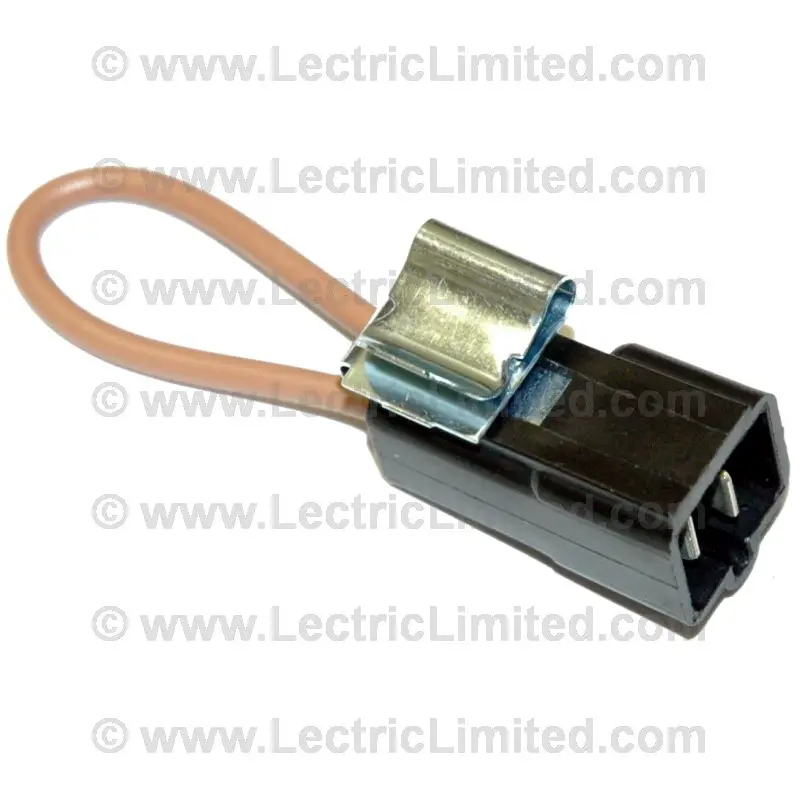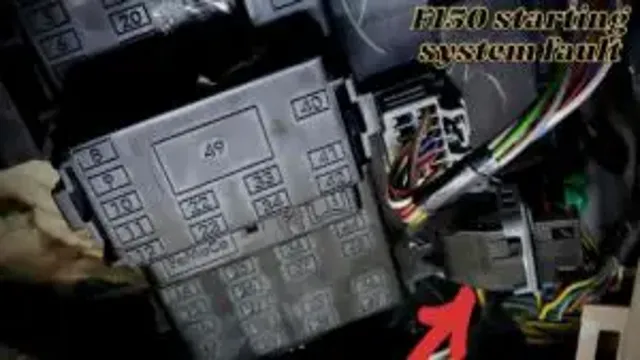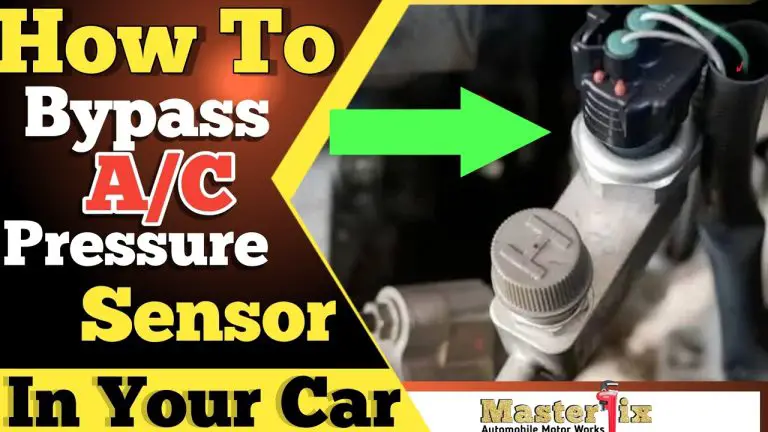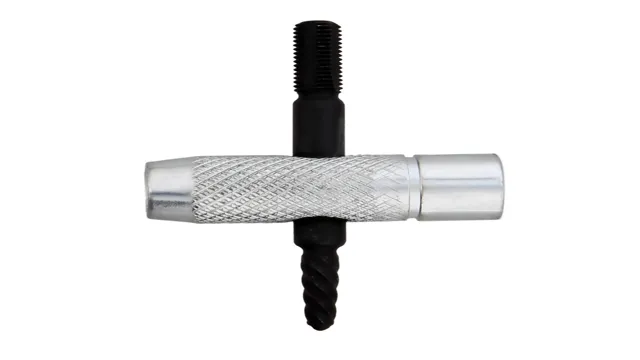How to Bypass Neutral Safety Switch Automatic Transmission: Expert Tips
When it comes to troubleshooting issues with your car’s automatic transmission, the neutral safety switch is one component that can cause frustration. The neutral safety switch is a safety feature that prevents the car from starting in gear, ensuring that the driver must start the car in neutral or park. However, if the neutral safety switch malfunctions, it can prevent the car from starting altogether. In such cases, bypassing the neutral safety switch can be a temporary solution to get the vehicle running again.
What is a Neutral Safety Switch?
The neutral safety switch, also known as the transmission range sensor or inhibitor switch, is a crucial component of an automatic transmission. It is usually located on the side of the transmission or in the shift linkage, and its primary function is to prevent the starter from engaging unless the transmission is in the neutral or park position. This safety feature is designed to prevent the vehicle from inadvertently lurching forward or backward when starting the engine.

Credit: www.ebay.com
Reasons to Bypass the Neutral Safety Switch
There are a few reasons why you might consider bypassing the neutral safety switch on your automatic transmission:
- Emergency Situation: If the neutral safety switch malfunctions and you are unable to start your car, bypassing the switch temporarily can help you get the vehicle to a repair shop or a safer location.
- Troubleshooting: Bypassing the neutral safety switch can also help you determine whether the switch is the cause of a starting issue, allowing you to test other components before replacing the switch.
- Temporary Fix: If you are unable to replace the neutral safety switch immediately and need to use the vehicle, bypassing the switch can provide a temporary solution.
Bypassing the Neutral Safety Switch: Step-by-Step Guide
It’s important to note that bypassing the neutral safety switch should only be done as a temporary measure and is not a recommended long-term solution. Keep in mind that bypassing this safety feature can pose a risk, as it allows the vehicle to start in any gear, increasing the potential for accidents and injuries. With that in mind, here’s a step-by-step guide to bypassing the neutral safety switch:
Step 1: Safety Precautions
Prior to performing any work on your vehicle, ensure that the parking brake is engaged and the transmission is in park. Additionally, disconnect the battery to prevent any electrical mishaps.
Step 2: Locate The Neutral Safety Switch
The neutral safety switch is typically located on the side of the transmission or within the shift linkage. Refer to your vehicle’s service manual for the exact location of the switch.
Step 3: Access The Wiring
Once you’ve located the neutral safety switch, identify the wiring connected to it. You may need to remove any covers or panels to access the wiring harness.
Step 4: Bypass The Switch
Using a wiring diagram specific to your vehicle, identify the wires that are responsible for the neutral safety switch’s operation. Typically, you will need to connect the wires that are responsible for completing the circuit when the transmission is in park or neutral. By bypassing the switch, you effectively eliminate its role in the starting process.
Step 5: Test The Bypass
After bypassing the neutral safety switch, reconnect the battery and attempt to start the vehicle. If the bypass was successful, the car should start regardless of the transmission’s position. However, exercise caution and ensure that the vehicle is in park or neutral before starting it.
Step 6: Reconnect The Switch (optional)
Once you have verified that bypassing the switch resolves the starting issue, you can choose to reconnect the neutral safety switch if desired. However, keep in mind that a malfunctioning switch may need to be replaced for long-term reliability.
Seek Professional Assistance
It’s important to emphasize that bypassing the neutral safety switch is a temporary measure and should not be considered a permanent fix. The neutral safety switch is a critical safety feature, and any issues with it should be addressed by a qualified mechanic. Additionally, bypassing the switch may have legal implications and can compromise the safety of the vehicle and its occupants.
If you encounter issues with your vehicle’s neutral safety switch, it is best to seek the expertise of a professional mechanic. They have the knowledge and experience to diagnose the problem accurately and recommend the appropriate course of action.
Frequently Asked Questions On How To Bypass Neutral Safety Switch Automatic Transmission: Expert Tips
What Is A Neutral Safety Switch In An Automatic Transmission?
A neutral safety switch is a safety device that only allows the vehicle to start in neutral or park.
Why Would Someone Bypass The Neutral Safety Switch?
Bypassing the neutral safety switch can be necessary for troubleshooting or repairing transmission issues.
How Can The Neutral Safety Switch Be Bypassed?
The neutral safety switch can be bypassed by locating the switch and connecting the wires directly.
Is It Legal To Bypass The Neutral Safety Switch?
Bypassing the neutral safety switch may not be legal in some areas due to safety regulations.
Conclusion
The neutral safety switch is an essential safety feature in an automatic transmission, and bypassing it should only be done as a temporary measure in emergency situations. While bypassing the switch may resolve starting issues, it is not a recommended long-term solution and can pose safety risks. If you encounter problems with the neutral safety switch, it’s best to consult a qualified mechanic to ensure the safety and reliability of your vehicle.








One Comment